Herrerasaurus
Name Origin
Herrera's Lizard (Named after Victorino Herrera, the Argentine who discovered the fossil)
Family
Herrerasauridae
Classification
Diapsida, Saurischia
Habitat (Discovery Location)
Argentina
Period
Approximately 230 to 220 million years ago (Late Triassic)
Length
Approximately 3 to 6 meters
Weight
Approximately 350 kg
Diet
Carnivore (Meat-eater)
 Jurassic
Jurassic
Park / World Featured Dinosaur
Appearance in Jurassic Park
It never appeared in the film as a living creature.
However, it was established in the lore that it was housed at the park, and on the park map, a marker for a dedicated Herrerasaurus paddock existed, which featured a skull icon.
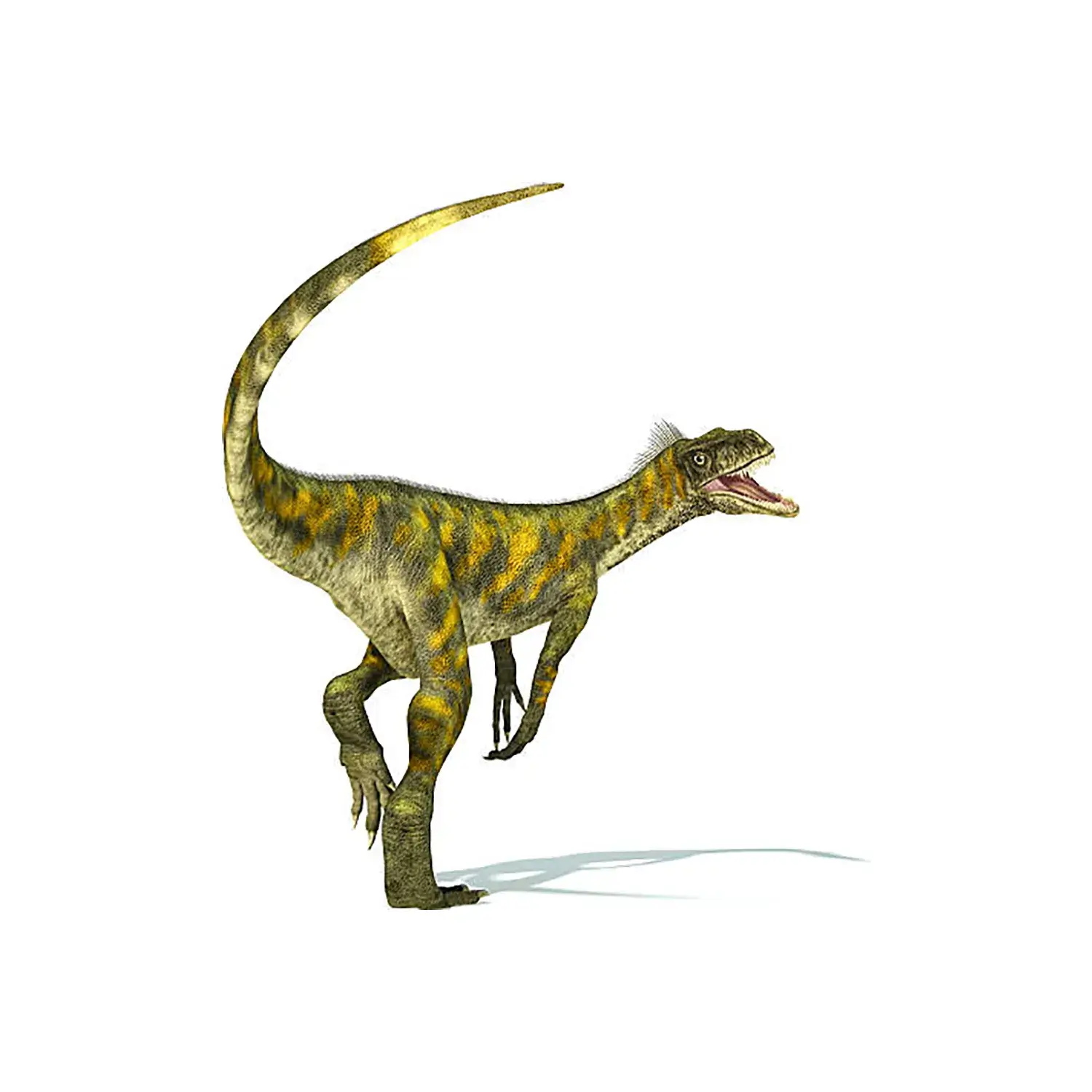

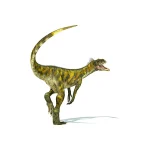
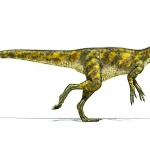

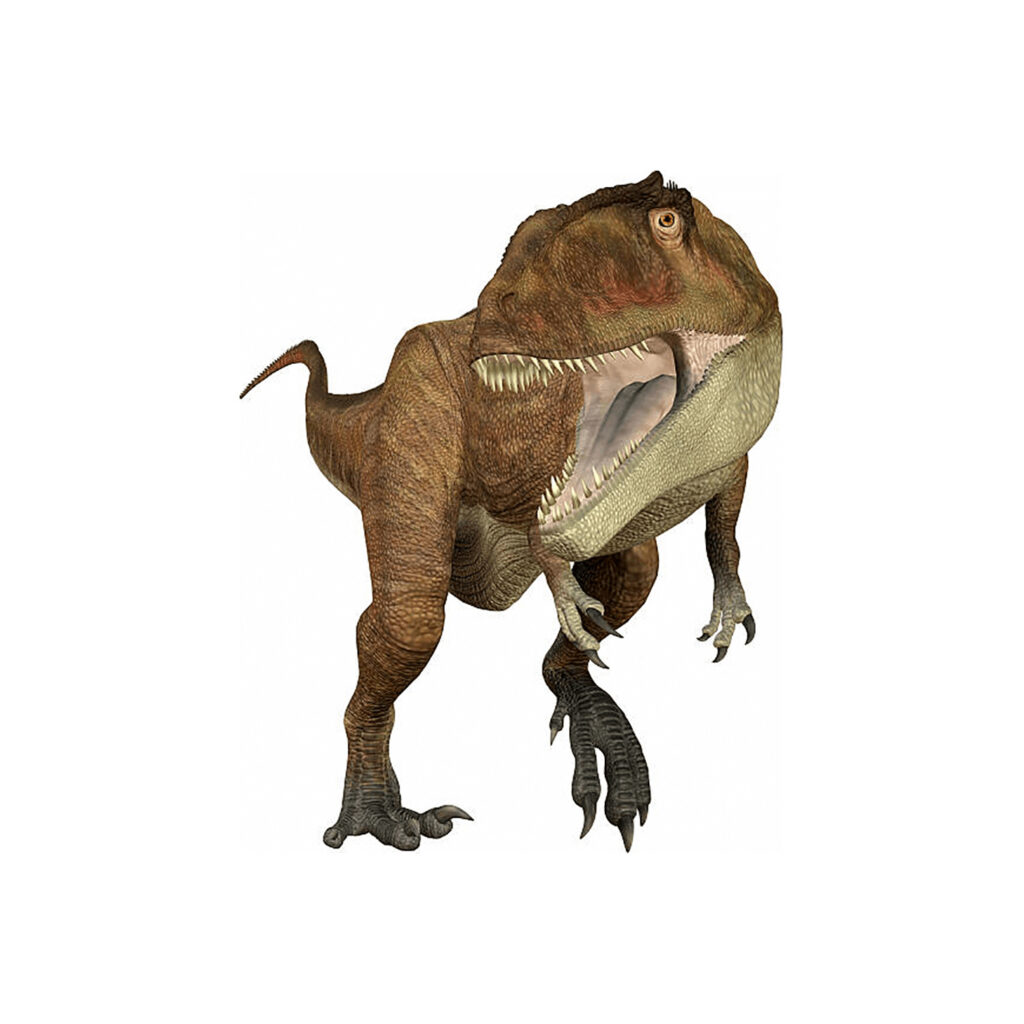
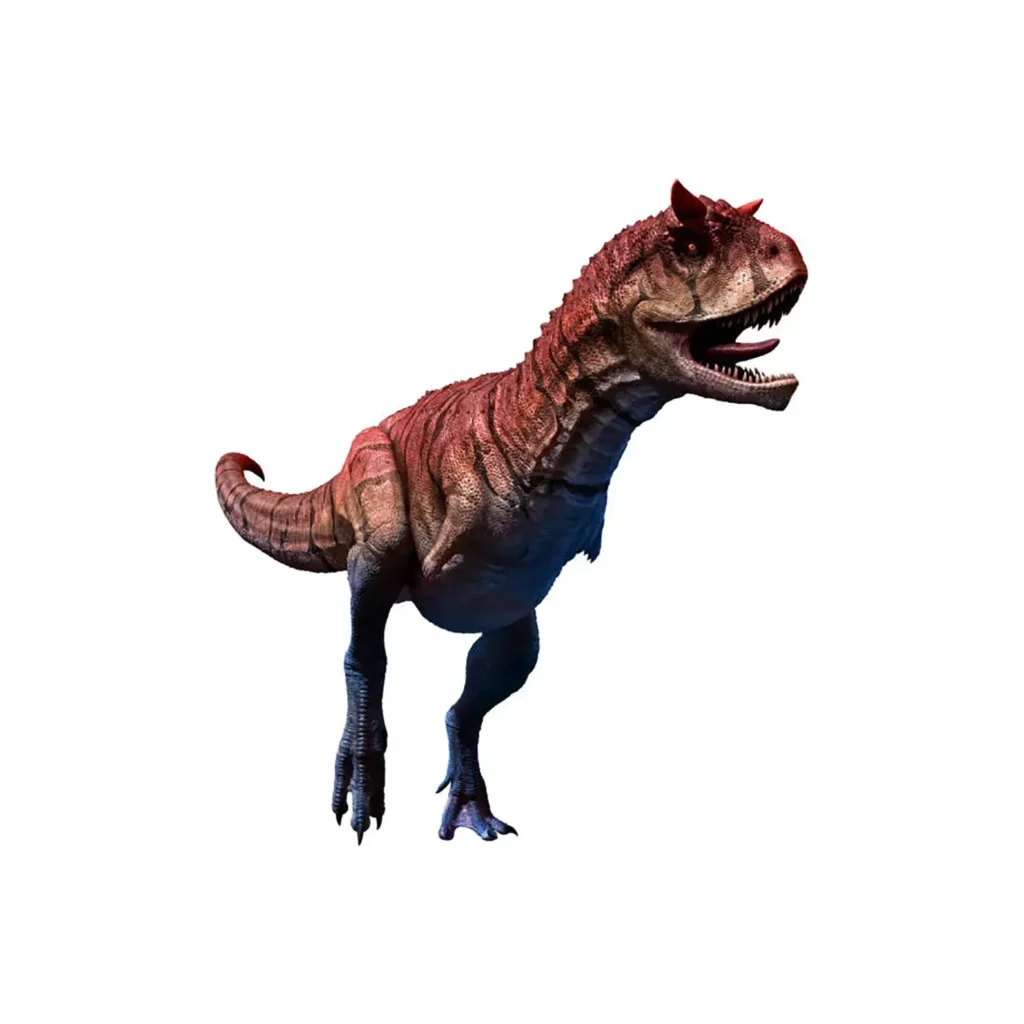
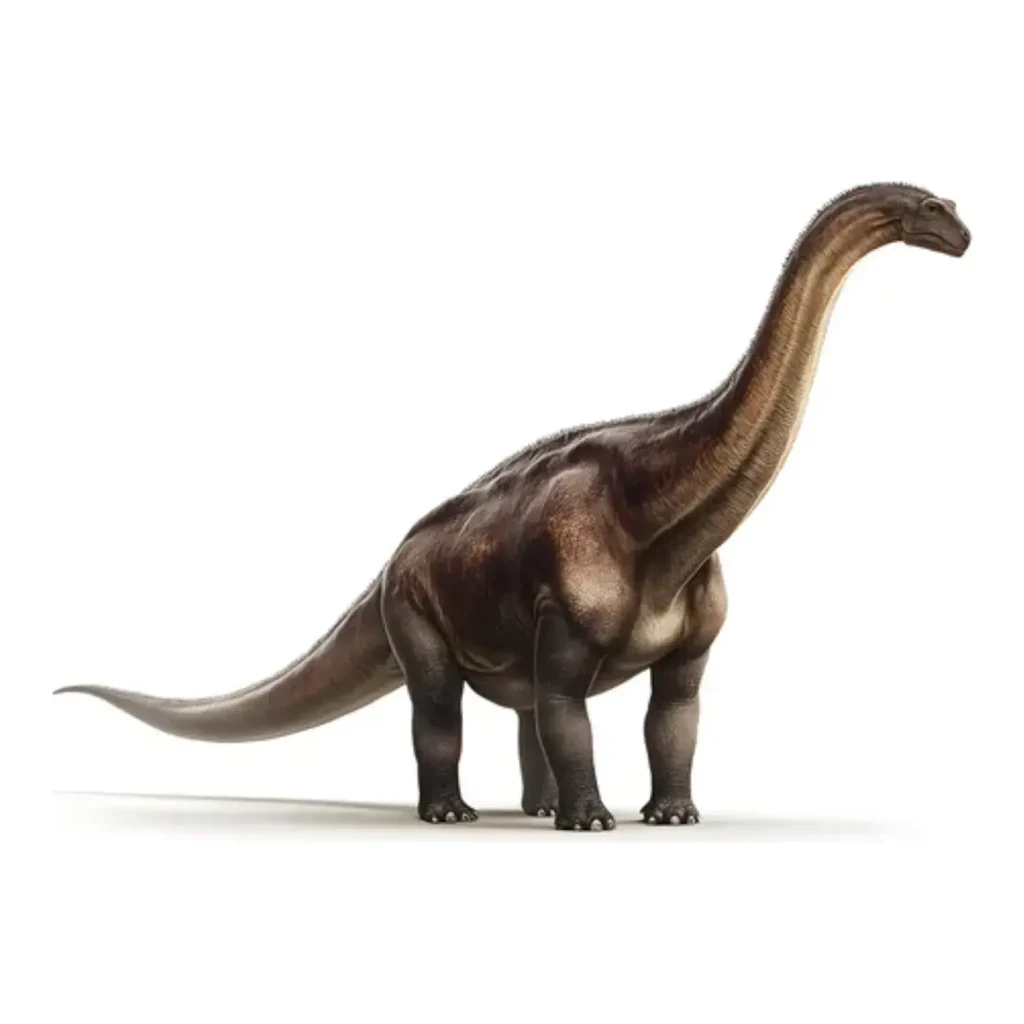
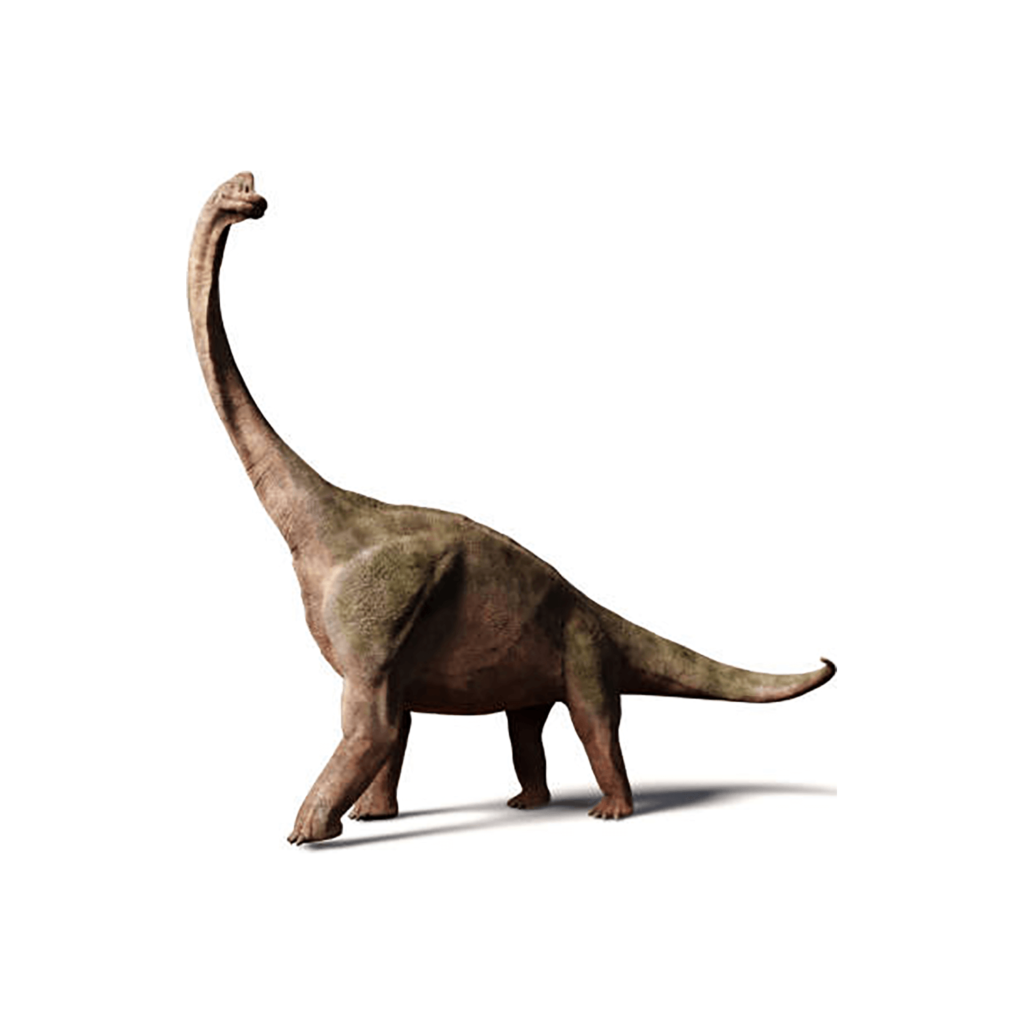
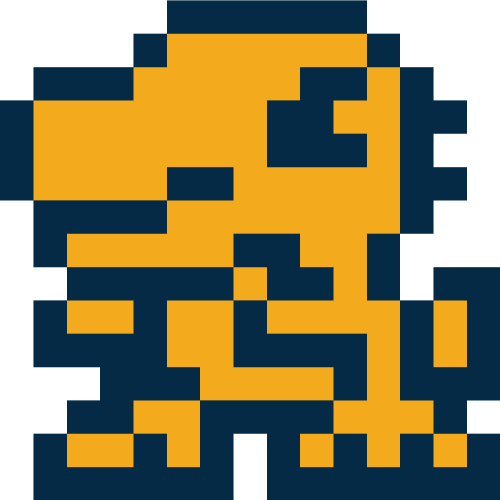
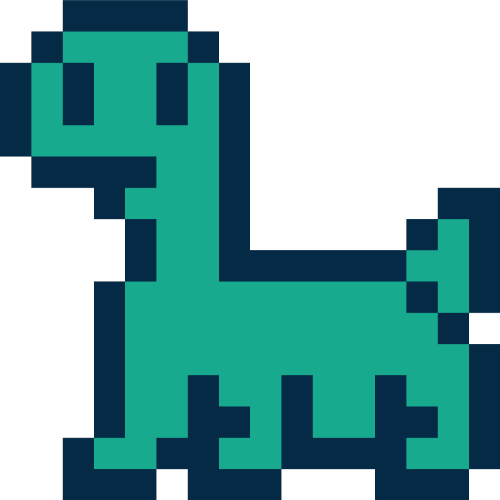
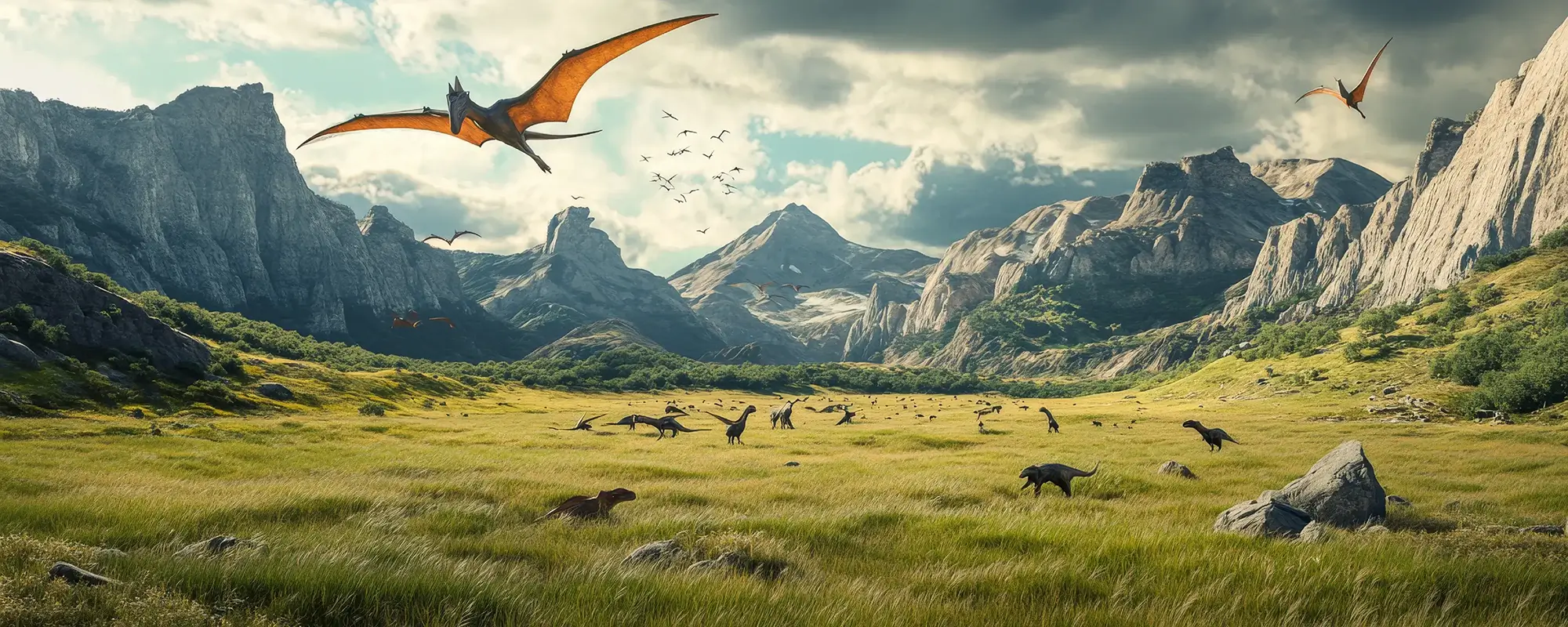



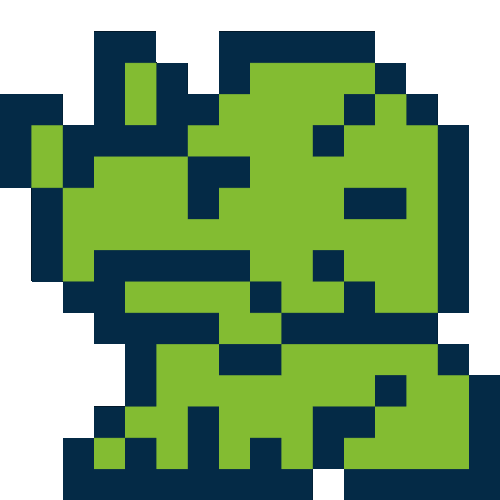
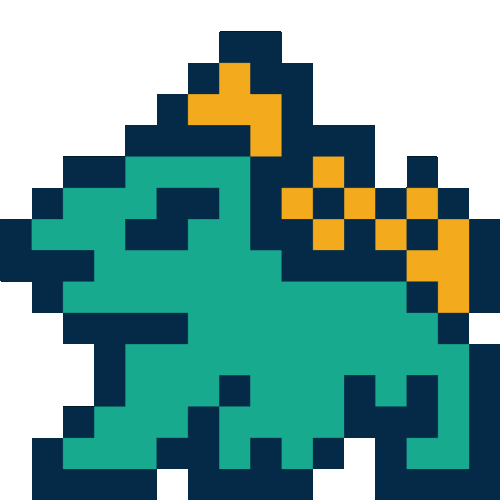
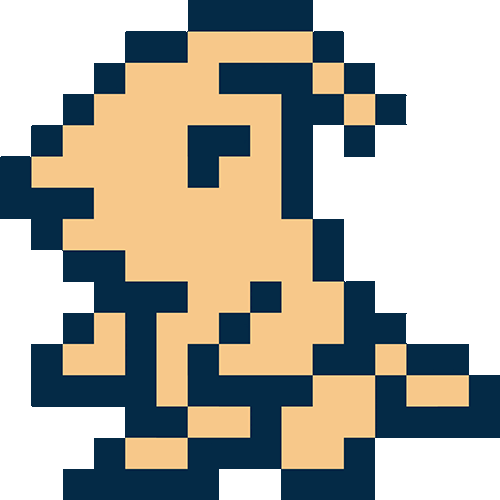

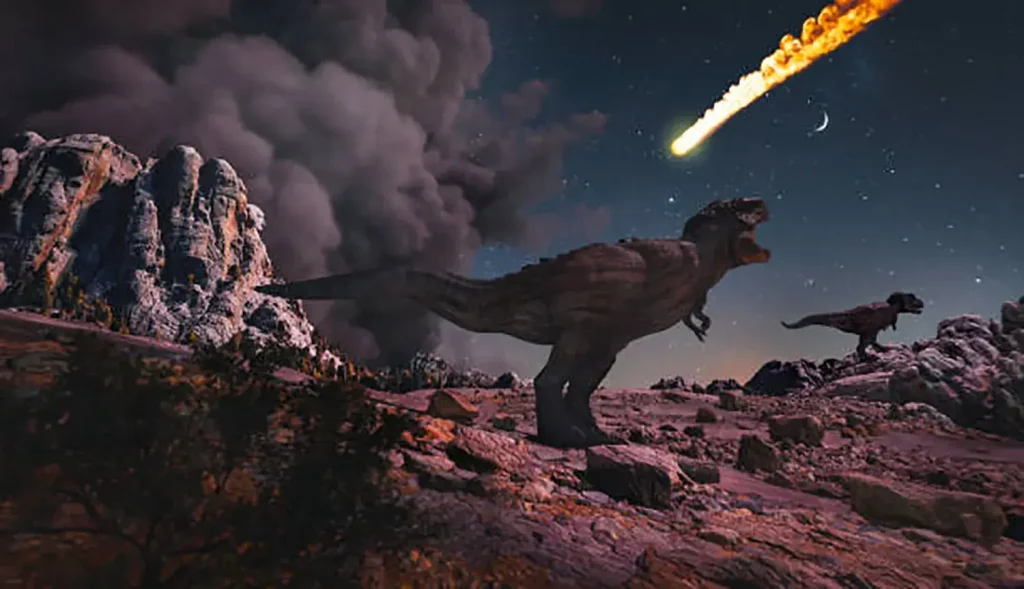
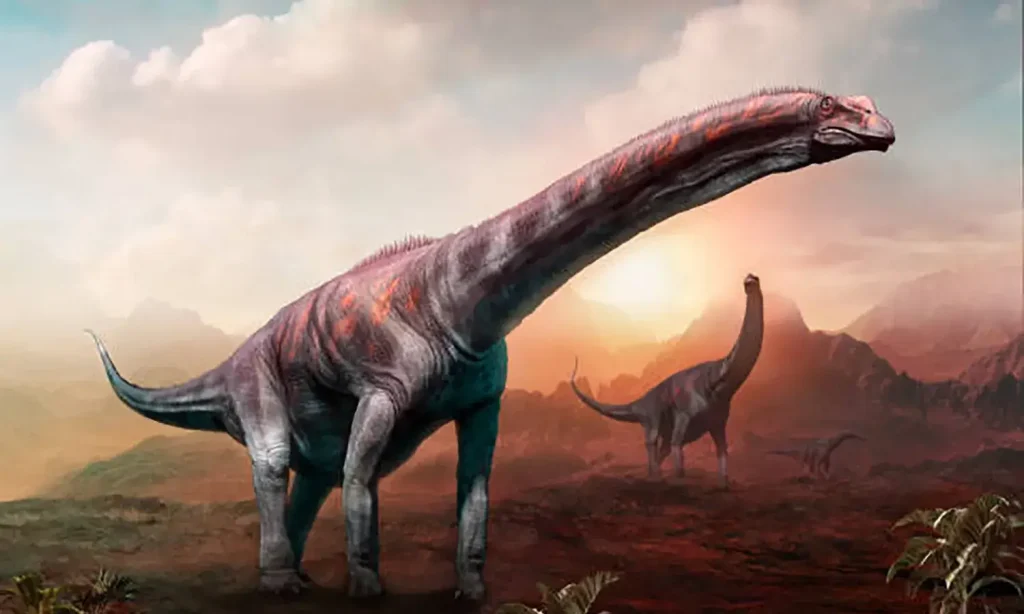
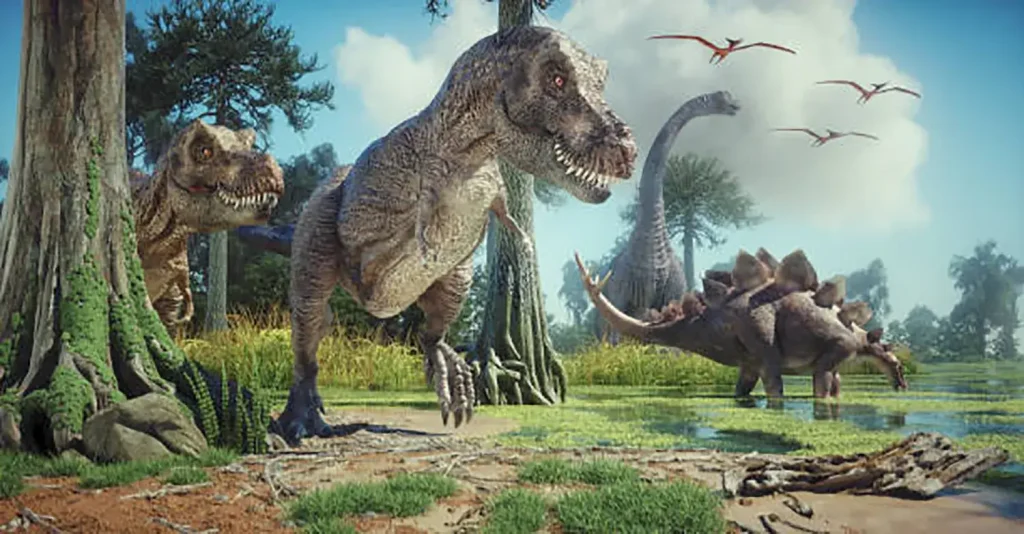
Description
Herrerasaurus was a carnivorous dinosaur that lived in South America, in what is now Argentina, during the Late Triassic period.
It is considered one of the earliest theropods and boasts top-class fame as a creature that defines the dawn of the dinosaur age.
History of Discovery: The Earliest Dinosaur Discovered in the “Valley of the Moon”
The Herrerasaurus fossil was first discovered in the late 1950s by Victorino Herrera, a local craftsman (some stories say he was a farmer).
The genus name was given in his honor, meaning “Herrera’s lizard.”
However, research was difficult. Despite only the lower half of the body being found initially, a full skeleton was reconstructed with insufficient information, complicating the process.
A scientific description was not made until 1988, about 30 years after its discovery.
In the same year, a nearly complete skeleton was discovered by the renowned paleontologist Paul Sereno in Argentina’s “Valley of the Moon” (Valle de la Luna). This discovery confirmed that Herrerasaurus was a true dinosaur, allowing for an accurate reconstruction.
(A new reconstructed skeleton based on this fossil can also be seen in Japan.)
The Triassic Giant Hunter and Its Physical Characteristics
Herrerasaurus reached a length of about 3 to 6m and a weight of about 350kg.
Compared to later dinosaurs like Allosaurus and Tyrannosaurus, it was quite small, but in the Triassic, when dinosaurs first appeared, it was still a sufficiently large predator.
A Lightweight Skeleton
Herrerasaurus’s bones were thin and hollow inside.
This reduced the bone’s strength, but it significantly lightened its weight and is thought to have enabled swift movements.
A Flexible Jaw
Like modern snakes, it had a loose jaw joint, allowing it to open its mouth wide.
This allowed it to bite prey larger than itself.
Bones of large prey (a Scaphonyx relative) were found between its ribs, showing that it had undergone rapid evolution.
Locomotion
The dominant predators of the time were quadrupedal or semi-bipedal archosaurs, so Herrerasaurus, with its upright bipedal stance, is said to have been a particularly active and aggressive predator for its era.
Mystery of a Primitive Theropod: An “Evolutionary Dead End”
Although Herrerasaurus is considered one of the earliest theropods, it possessed many primitive features different from later theropods.
Five Fingers
While typical theropods had three fingers (forelimbs) and four toes (hind feet), Herrerasaurus retained five digits on both its hands and feet, which shows it was extremely primitive.
Classification Debate
Its body structure was unique; for example, it had a straight, relatively inflexible neck and a small pelvis.
This sparked a debate over whether it should be included in the theropod group at all.
An Evolutionary Dead End
On the other hand, its pelvis had a strangely advanced structure, and Herrerasaurus is often called a dinosaur “stuck in an evolutionary dead end,” and is not considered an ancestor of later theropods.
The Sauropodomorph Theory
Because of its many primitive skeletal traits, there was a theory that it shouldn’t be included among dinosaurs at all. However, due to features like its flexible lower jaw, the prevailing view today is that it was a primitive sauropodomorph.
A True Dinosaur
One of the main characteristics of dinosaurs is having three or more fused sacral vertebrae (hip vertebrae), and Herrerasaurus shared this trait.
Based on this trait, Herrerasaurus can be considered a true dinosaur.
The Triassic Struggle for Dominance: Dinosaurs vs. Ancient Crocodiles
About 230 million years ago in South America, three main groups of creatures were competing for dominance:
Of these three, the Rauisuchids were initially the most dominant force.
With their overwhelming physique—averaging over 6m—and ferocity, they overpowered the dinosaurs and cynodonts, reigning at the top of the South American ecosystem.
However, their dominance was challenged by giant dinosaurs like Herrerasaurus, which boasted a similar physique.
The dinosaurs gradually expanded their influence, and finally, a conflict erupted with the Rauisuchids.
The relatively sluggish Rauisuchids struggled against Herrerasaurus, which, despite its large size, baffled them with its agile movements.
Extinction and the Next Generation
Just as both sides were exhausted and a victor seemed imminent, an internal conflict erupted within the dinosaur group.
Small, agile dinosaurs from the Coelophysidae family suddenly appeared, betrayed Herrerasaurus, and tormented both them and the Rauisuchids.
And at the same time this internal conflict was happening, the great Triassic extinction event occurred.
Attribution: (The text refers to the Triassic extinction, which is the Triassic-Jurassic extinction event.) In this major event where the ecosystem collapsed, both Herrerasaurus and the Rauisuchids were wiped out.
Meanwhile, the faction of Coelophysis that had rebelled managed to survive this great extinction, and their lineage became the source of the carnivorous dinosaurs we are familiar with in later ages.